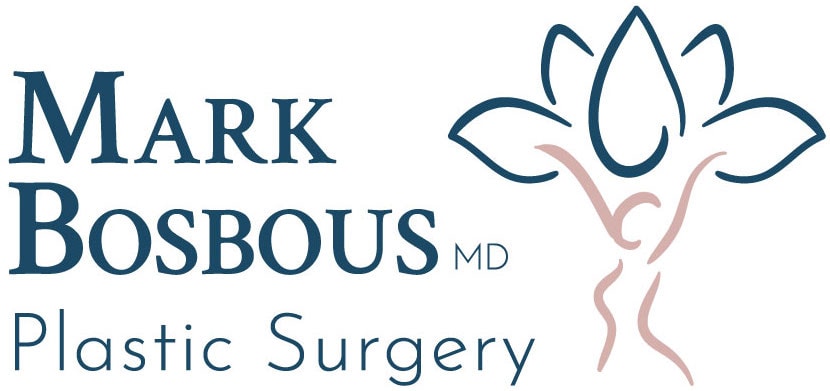One of the first things people want to know before undergoing a facelift procedure is how long the effects will stick around.
This is understandable. A facelift is an investment in both time and money, so it makes sense to want to know what you can expect long-term.
There’s a short answer to this question: a well-performed facelift can last anywhere from 10 to 15 years. But both your lifestyle and the specifics of your procedure play a big role in how long those results actually last.
In this article, we’ll break down what affects facelift longevity, as well as what you can do to make sure your results hold up for as long as possible.
What a facelift actually does
Before getting into longevity, it helps to understand what a facelift is designed to do.
As you age, your skin naturally loses its elasticity, and underlying tissues start losing volume. This causes visible lines, sagging, and wrinkles around the face and neck.
Through a facelift procedure, your surgeon addresses visible signs of aging in the mid-to-lower face. That means lifting sagging skin, tightening underlying muscles, and removing excess fat or skin when necessary.
This leads to a more youthful, defined jawline, a smoother, more energetic appearance, and even a more expressive-looking face. Most importantly, patients report regaining confidence and a high self-esteem.
What causes results to fade sooner
As mentioned above, you can usually expect results to last 10-15 years. However, several factors can affect that period.
One of the factors you can’t really control is your skin quality going into the procedure. People with good elasticity, thicker skin, and overall better genetics often see longer-lasting results.
However, changes in lifestyle matte,r too. Smoking, sun exposure, dramatic weight fluctuations, and poor skincare habits can all cause the skin to age more quickly, shortening the life of your facelift.
Another factor is how early or late in life you have the surgery. Someone who gets a facelift in their late 40s may see it last longer and look more natural over time compared to someone who waits until their late 60s, when the skin has already experienced significant aging.
Having said that, however, it’s important to remember that you will continue to age. You’ll look more youthful than you would have without it, of course, but eventually, natural aging will catch up. That’s why some people consider a secondary facelift later in life.
How to maintain your facelift results
The good news is that there are several ways to extend the life of your facelift.
Proper skincare is a big one. That means using sunscreen daily, applying high-quality products like retinol or peptides, and moisturizing regularly.
The technique used to perform your facelift can also impact how long the results last. Deep plane facelifts, SMAS facelifts, mini lifts—each varies in how aggressive or subtle the results are. The deeper the technique goes (such as in a deep plane facelift), the more natural and longer-lasting the outcome tends to be.
Professional treatments can also help. Non-invasive procedures like microneedling, laser resurfacing, or radiofrequency skin tightening can keep the skin firm and improve texture, which helps maintain a more youthful look.
Some patients choose to do smaller touch-up procedures over the years, like a neck lift, brow lift, or eyelid surgery. These can complement a facelift and refresh the overall look without needing another full surgery right away.
When to consider a revision facelift
If you had a facelift 10 or more years ago and are starting to notice significant sagging or volume loss again, you might be a candidate for a secondary or revision facelift.
These aren’t as uncommon as they might seem, and when done carefully, they can restore the lifted, refreshed look you once had.
Revision facelifts are usually more nuanced, especially if there’s scar tissue from the first surgery or changes in facial anatomy over time. That’s why it’s important to go to a board-certified surgeon, such as Dr. Mark Bosbous, who has experience with both primary and revision facelift procedures.
The bottom line
A facelift offers long-lasting, dramatic improvements in facial aging. Most patients enjoy their results for a decade or more, especially if they take care of their skin and overall health.
Whether you’re just starting to explore your options or wondering if it’s time for a revision, it’s always worth speaking to a qualified plastic surgeon about your goals.
Curious if a facelift is right for you? Book a consultation with Dr. Bosbous and get answers that are specific to your face, your goals, and your timeline.
